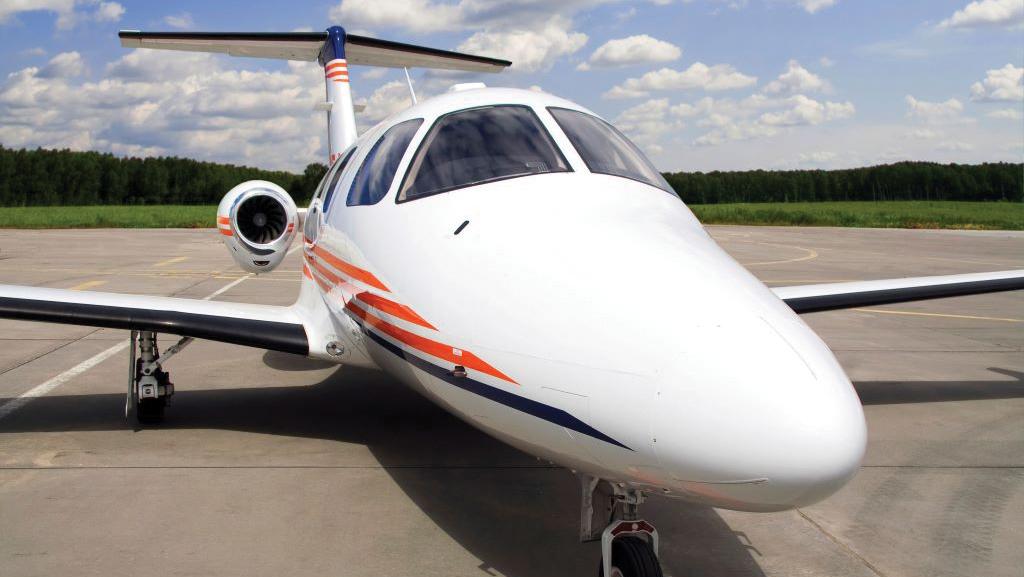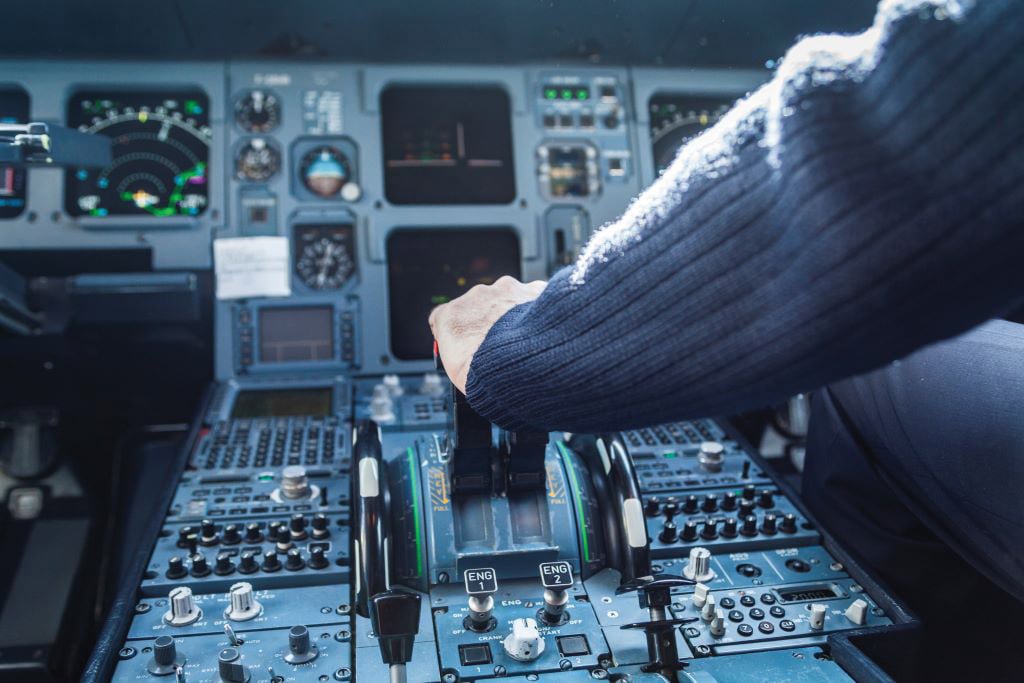Sky Strategy: Profiteering In FAA Certification Services

Recently, increasing numbers of certification services have been carried out by designees.
More than 90% of the FAA’s certification work is performed by designees, not full-time employees, according to the agency. Designees perform tasks such as medical licensing, pilot exams, airworthiness inspections and more on behalf of the FAA. These certifications are critical processes in the business aviation industry, and while services performed by FAA inspectors cannot be charged to end users, designees are permitted to charge for these services.
While designees have been used since the inception of the FAA as a “force multiplier” to their workforce, the lack of oversight in what designees are allowed to charge for services is creating a moral hazard as the agency is more short-staffed than ever. Services that would be free if conducted by an employee—where that employee is unavailable due to workload—can be sought from designees, who are only required by law to ensure their fees are reasonable.
Reasonable Fees, Without Oversight
The definition of reasonable, however, seems to go unchecked. The importing of aircraft from overseas requires an airworthiness certificate, which is performed specifically by a Designated Airworthiness Representative of Maintenance (DAR-T). According to multiple sources, it is not uncommon to pay $5,000-$10,000 to issue a standard certificate of airworthiness on a foreign aircraft.
The FAA “does not regulate what DARs charge” and “DAR-Ts set their own rates,” according to the agency.
With the costs of travel and other fees, the process could reach $20,000-$30,000, depending on the complexity of the location or aircraft. This fee often comes as a surprise to aircraft buyers. Due to a shortage of FAA representatives to do the work in a timely manner and a small pool of designees from which to choose, buyers sometimes have no choice but to pay whatever is demanded.
If the work were to be conducted by a FAA representative, the fees charged would be based on hourly work rates, plus expenses incurred with no flat fees for certificates—a seemingly reasonable approach to the pricing of such services.
Designee invoices commonly include business-class airfare, per diems, certification services, daily rates and more. In 2004, there were more than 400 DAR-Ts and today, there are barely over 200—and only 18 living outside of the U.S. Compounding the issue is the use of territories where designees are only permitted to work in certain locations unless authorized.
When asked about the almost 50% decline in DAR-Ts available, the FAA says: “There are more resources to complete the work today than there were 20 years ago. Many Organizational Designation Authorization (ODA) holders can perform the same functions as DAR-Ts, and the number of ODA holders has increased over the last several years. Local demand drives the determination for additional DAR-Ts.”
Accountability
Procuring a lucrative designee certification is largely based on who you know—and the discretion of individuals within regional offices. These issues were highlighted by a Government Accountability Office (GAO) report in the early 2000s. In the report, the GAO noted that while designees played a critical role in the functions of the FAA, much more oversight and accountability was needed.
The FAA has been whiplashed by Congress and the Transportation Department over the use of designees. For many years, the agency was encouraged to increase the pool of designees to work more efficiently, then told to reduce designees and have more FAA employees conduct certification work, particularly after the Boeing 737 MAX 8 crashes. Regardless of political pressures, the FAA has always relied heavily on designees to fulfil directives, and without a major shift in staffing levels, it has no choice but to do so.
While designees are a way to expand the FAA’s certification abilities, it also requires more personnel to oversee and train these extensions of the workforce. “The ratio of designees to FAA staff is about 6 to 1 in the Aircraft Certification Service, about 5 to 1 in Flight Standards and about 440 to 1 in Aerospace Medicine,” according to the 2004 GAO report. At the time of the report, there were 4,100 FAA inspectors to 13,600 total designees.
Perhaps the most alarming issue came to light in the GAO report regarding the selection process of designees:
We also found that field offices did not consistently follow established policy for selecting designees … 19 of the 62 experts on our panel believed that FAA does not consistently follow its own designee selection criteria … but rather appoints designees based on personal associations. Moreover, 9 of the 17 FAA inspectors and engineers on our panel rated the practice of awarding delegation status based on personal associations with FAA management as a “great” or “very great” weakness of the designee programs.
In the GAO report, the FAA states that “personal associations is an important factor in selecting and appointing designees.”
Unfair System For Users—And FAA
The combination of an exclusionary process of selecting designees and a lack of rules on what these designees are allowed to bill for their services affects the entire safety oversight system.
For one, it drives up the price of certifications, particularly when a certain designee type is in short supply. It could also affect the supply of qualified aviation inspectors willing to work for the FAA: If a designee can make more than a safety inspector’s salary, they may be less inclined to take full-time positions. Scores of payments for certification services are being directed to private individuals instead of to the FAA’s budget.

To put the amount in context, Designated Pilot Examiners (DPEs) conducted 91,000 checkrides in 2021 versus 700 checkrides completed by FAA inspectors. Based on the average cost of $750 for a checkride from a DPE, that could be up to $68 million in fees paid for checkrides.
This is just one individual designee program—there are 12 others.
Based on a survey conducted by Middle Tennessee State University, 18% of DPEs conduct checkrides as their full-time career and of all full- and part-time DPEs, they conduct an average of 10 checkrides per month. At $750 per ride, a six-figure income can be obtained with only 12 checkrides per month. For DAR-Ts working overseas, charging $5,000-$10,000 per airworthiness certificate, incomes are likely much higher.
The FAA is restricted by law to introduce new user fees to cover the cost of recruiting, training and overseeing designees, but they can request that Congress allow to them charge application or renewal fees for designees, or other such efforts. User fees have been a highly contentious topic over the years, with most industry trade groups battling against bills introducing concepts like per-flight fees. However, these designee services are a unique area that could represent a highly profitable business for individuals. Yet annual training for some designee roles is a mere $50 per year.
While trade groups have fought to keep FAA fees at bay, the result has been the increasing privatization of “free” FAA certification services with no financial oversight. While most designees may charge fair prices, particularly when they have competition from other designees, without pricing regulation, the opportunity for price gouging will grow higher the more scarce the pool of designees.
A Privilege, Not A Right
FAA guidance for the designee program frequently points out that being a designee is a privilege, not a right. The privatization of government services is not uncommon, and it can be a great way to supplement government workforces, but only if it is conducted in a fair and open manner to the public, with pricing controls.
But bestowing the privilege of conducting FAA certifications with unregulated pricing makes the system unfair to users—and costly to those who need it most. The industry has a right to demand fair prices from the designee system, a right to understand how many positions are available and a right to conduct certifications if they are duly qualified and trained, regardless of personal relationships.




